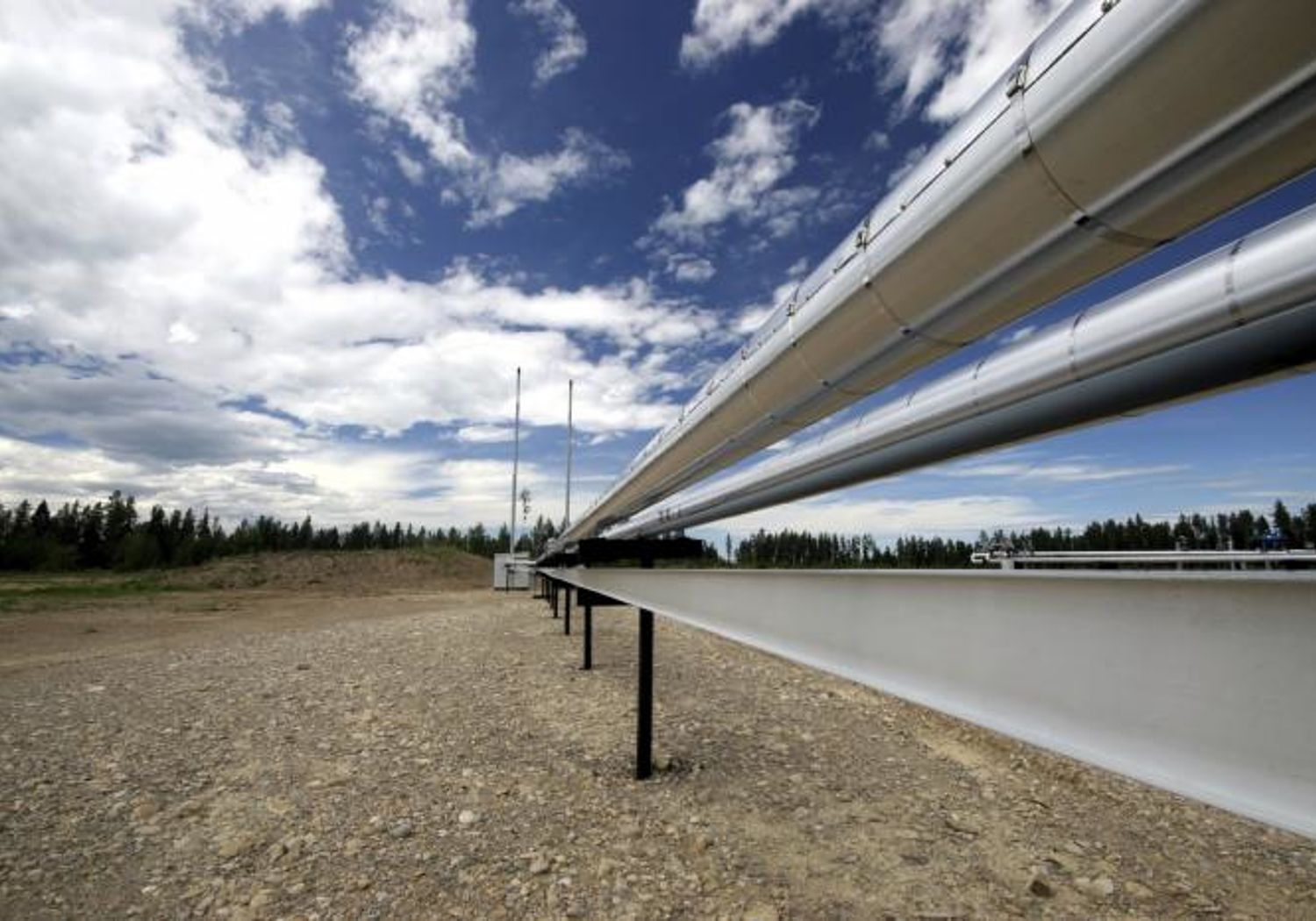Metrology for biogas
Diversifying the natural gas supply: Promoting the use of biogas

Biofuels have an important role in enabling EU states to meet Renewable Energy Directive targets and supporting a transition from fossil fuels to renewables for powering transport. Europe is the world leader in the production of biogas, a 100 % renewable energy source, but cost-effective distribution will require access to existing natural gas infrastructure. This requires conformity of biogas to existing standards, such as EN 16723, to ensure safety, prevent damage to gas networks from impurities or particulates, and build confidence with agents in the supply chain about gas quality. However, the characteristics of biogas are sufficiently different from natural gas that it is necessary to develop new measurement methods to enable demonstration that these new energy sources comply with existing regulations.
This project provided a metrological framework for assessing biogas quality and enabling characterisation to the same level as for natural gas.
The project:
- Developed novel traceable methods and certified reference materials to measure specific impurities in biogas and biomethane at trace-levels.
- Developed capabilities for measuring particulate concentration, essential for demonstrating that biogas meets specifications required for injection into the gas network.
- Developed robust analytical tools to measure water content and the dew point of biogas and biomethane, so purchasers can be assured they will be accurately billed for gas calorific value.
- Refined infra-red spectroscopy techniques to measure ammonia levels in biogas allowing detection down to parts per million levels.
- Confirmed the suitability of existing energy density equations for biogas.
Delivering impact
The new reference materials, methods and calibration services for the detection of impurities developed in this project, are being considered by a newly formed ISO standardisation working group for biomethane ISO/ TC193 ‘Natural gas’. As a result, tailored normative standards for biogases are planned at the equivalent level as those for fossil-fuel based gases.
The projects confirmation of the suitability of existing energy gas density equations, important during transportation and storage, enables the fuel industry to rely on measurement results, as they will be able to benefit from similar accuracies as obtained for conventional gases. This will enable biogas to be used in the existing gas infrastructure, foster growth in the production of non-conventional energy gases from renewable sources, and encourage development of more diversified and secure sources of energy.
EMPIR project 18SIP03 Si-S/Biogas builds on this work.
Journal of Chemical Metrology
Biomass and Bioenergy
XI Conference of Chemists, Technologists and Environmentalists of Republic of SRPSKA Proceedings
Analytica Chimica Acta
Journal of Chemical Thermodynamics
Journal of Chemical Thermodynamics
Journal of Chemical Thermodynamics
The Journal of Chemical Thermodynamics
Tantala
Journal of Chemical Thermodynamics
2nd International Conference on Renewable Energy Gas Technology
Participating EURAMET NMIs and DIs
BFKH (Hungary)
CEM (Spain)
CMI (Czechia)
IMBiH (Bosnia and Herzegovina)
LNE (France)
MIKES (Finland)
NPL (United Kingdom)
PTB (Germany)
RISE (Sweden)
SMU (Slovakia)
UME (Türkiye)
VSL (Netherlands)
Other Participants
HC Photonics Corporation Limited (Taiwan, Province of China)
Information
